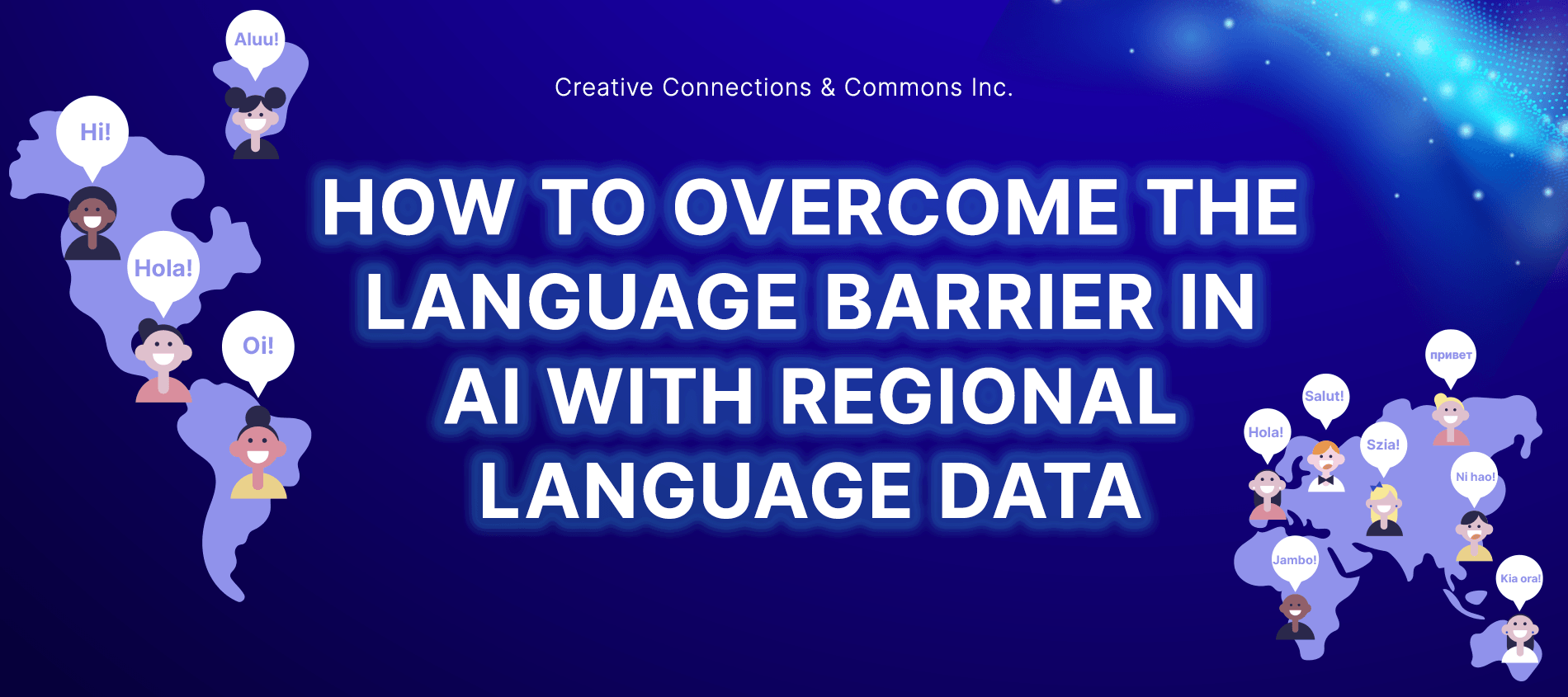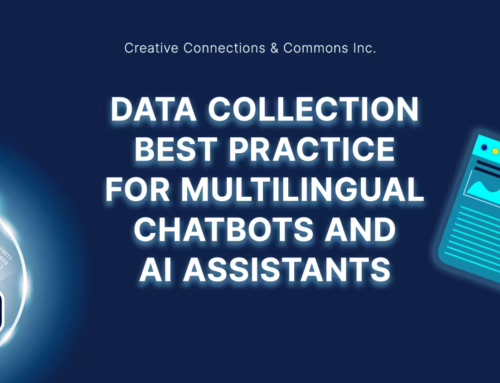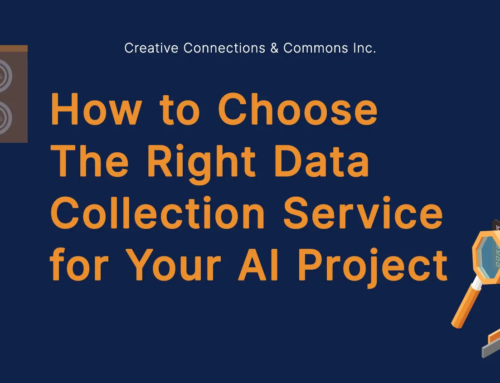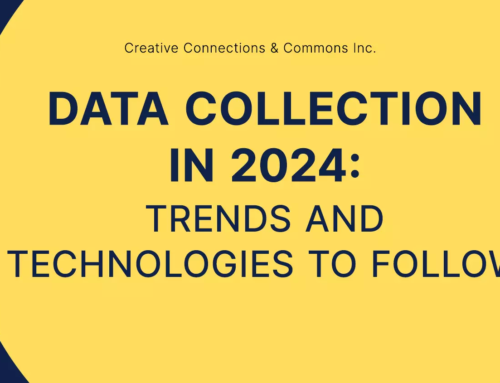Brought about by globalization and high technology adoption, multilingual AI models answer the current language divide. Interestingly, regional language data makes multilingual AI models more accurate and accessible for everyone. Collecting such data is imperative to ensure inclusivity and a wider reach. Moreover, it helps preserve language, especially those in the minority.
Inadequate data can lead to language barriers, which causes problems in AI applications. There can be errors in handling nuances, leading to inaccurate outcomes and mistranslations. Limited data can also challenge cultural sensitivities and biases, creating an imbalance. Ultimately, users would be reluctant to use AI at all, as these barriers affect user experience.
CCC is a multilingual data collection company that is an expert in 30+ languages. With us, you can expect accuracy, tailored solutions, and trustworthiness with our experienced services. Interested? Read on and find out how AI uses regional data for better accuracy!
Key Takeaways:
- Regional language data for multilingual AI models promotes data diversity, as including data from various dialects improves the accuracy of AI’s ability to understand and translate.
- The challenges in implementing regional language data are the scarcity of data, exhaustive collection process, and overcoming bias.
- The benefits of regional language data integration are enhanced accuracy, user satisfaction, and cultural alignment.
- With CCC, you can expect accuracy, tailored solutions, and trustworthiness with their experienced services.
Table of Contents:
- The Role of Regional Language Data in AI
- Focus on Cultural Relevance in AI Localization
- Key Benefits of Regional Language Data Integration in AI
- Best Practices for Regional Language Data Collection and Implementation
- CCC: Expert Data Collection and AI Localization Services
The Role of Regional Language Data in AI
Regional language data for AI models promotes data diversity. Including data from various dialects improves the accuracy of AI’s ability to understand and translate. The AI regional language integration reduces biases and the possibility of offensive responses and improves sentiment analysis and context understanding.
When accurate translation and cultural adaptation become possible and practiced, it will enhance user experience and reach a broader market. It will increase trust in AI and customer engagement. AI localization will also help localize marketing and sales, which are tailored strategies to meet the specific needs of a certain region, thus furthering competitive advantage. Here are some of the goals for regional language data for AI:
Defining Goals for Regional Language Data
The first goal of regional language data is to address the specific needs of target languages and markets. One of these needs is inclusivity, where even low-resource languages are included in the training datasets, and aim to cover various language data. This way, a wider market reach is achieved as more people with different spoken languages can access the AI application.
Another specific need is for AI to have an improved understanding of natural language. So, aside from language data, training multilingual AI models is improved with datasets on dialects and colloquial expressions. This improved understanding also covers domain-specific datasets, especially in legal and medical industries.
The second goal of improving the regional language database is to identify and improve cultural nuances that are essential for training datasets. These nuances include local slang and humor, levels of formality, taboos and cultural sensitivities, and gender roles and expectations. Aside from these, non-verbal communication and visual cues may also be included in the training datasets.
Focus on Cultural Relevance in AI Localization
Language is more than just literal translations and these fail in AI applications because of several reasons. First, idioms cannot be directly translated and words can have different meanings, resulting in the loss of contextual meaning. Cultural differences also lie beyond translating from language to language, and AI applications can fail to capture the sentiment behind each original detail.
Focusing on cultural relevance in training AI datasets improves user experience. As localized meanings develop through AI localization, the accuracy of communication is ensured and therefore reduces misunderstandings. Moreover, localized services and products can attract more potential customers, and support systems are enhanced. Furthermore, trust and credibility are improved as users gain confidence in using AI, and in turn, they can seamlessly integrate this into their daily lives.
Key Benefits of Regional Language Data Integration in AI
The first key benefit of AI regional language integration is that it primarily enhances accuracy in voice and text recognition. Nuances, variations, and language specifications are better understood and processed with accurate voice and text recognition. This promises improved interactions with voice assistants and speech-to-text applications. Moreover, regional lexicons and code-switching are handled with better ease and efficiency.
Another key benefit is the improvement of user satisfaction and cultural alignment. As multilingual AI models are improved, they can generate interactions with human-like feel and build trust with local customers. Contents are personalized, and go even further to culturally relevant recommendations.
How does integrating regional language data for AI contribute to real-world communities, especially in the local scenes? Read on below!
Real-World Applications of Regional Language Data in AI
Here are some real-life examples that show how AI models benefit from regional datasets:
- AI for Local Communities. In this 2022 study conducted by Hsu, et al., the researchers asserted how AI can be utilized by local communities in Pittsburgh, Pennsylvania, to address their needs in society and the environment. An example mentioned in the study is the AI-integrated environmental projects co-designed by the local community and researchers. The study furthermore acknowledged the importance of gathering regional datasets to train AI models.
- SEA-LION and other language-centric LLMs. AI Singapore’s SEA-LION project, or the Southeast Asian Languages in One Network, aimed to “represent the under-represented” by producing large language models (LLMs) using language datasets from the region. Since SEA-LION, numerous models have been developed in the region, like SeaLLM, Sailor2, OpenThaiGPT, and PhoGPT. Across the globe, several language-centric LLMS are also being developed to counter the limitations of the English language in translating other, and oftentimes low-resourced, languages.
Challenges in Implementing Regional Language Data
The challenges in implementing regional language data are the scarcity of data and the arduous process of collection. It is especially difficult if the researchers and data collectors are not native speakers of the language. Moreover, since the needed data is often context-based, the collection process can be unstructured and complex, which then requires intensive procedures.
Overcoming biases in the regional language database is another challenge in this realm. For example, the amount of collected data can vary from language to language, and it cannot be avoided to have high-resource and low-resource languages. This creates a bias in the models leading to the possibilities of marginalized language.
Best Practices for Regional Language Data Collection and Implementation
As we near the end of this article, here are some recommendations for gathering high-quality datasets:
- Source data from various locations and cultural backgrounds.
- As much as possible, gather specific cultural-relevant data and code-switching.
- Check datasets for biased languages regularly.
- To increase data diversity, make use of data augmentation techniques.
- Invest in expert data collection services like CCC.
Furthermore, here are some tools and technologies that support regional AI language training:
- Natural Language Processing. Also called NLP, it is a technology that enables computers to interpret and comprehend human language. This is especially useful for sentiment and emotion analysis.
- Google Cloud Platform. The tech giant company Google utilizes its own cloud platform to train its AI models, which conveniently includes Compute Engine, Cloud Storage, and Cloud AI Platform.
- Data Preparation Tools. These are tools used to collect, annotate, clean, and augment data that will be used to train AI models. An example of this is the CVAT or Computer Vision Annotation Tool.
- Human-in-the-loop (HITL) Platforms. Also known as Machine Translation Post Editing (MTPE), HITL uses machine translation technology aided by human experts to ensure that the MT is accurately translated, therefore increasing efficiency and quality.
CCC: Expert Data Collection & AI Localization Services
Effective multilingual AI models increase inclusivity, especially for non-English and minority languages. Acquiring regional language data is important to improve such models. For a guaranteed data collection and AI localization service, partner with CCC now! We provide services for over 30+ languages globally and in almost all industries – from gaming to business to education (and many more!).









